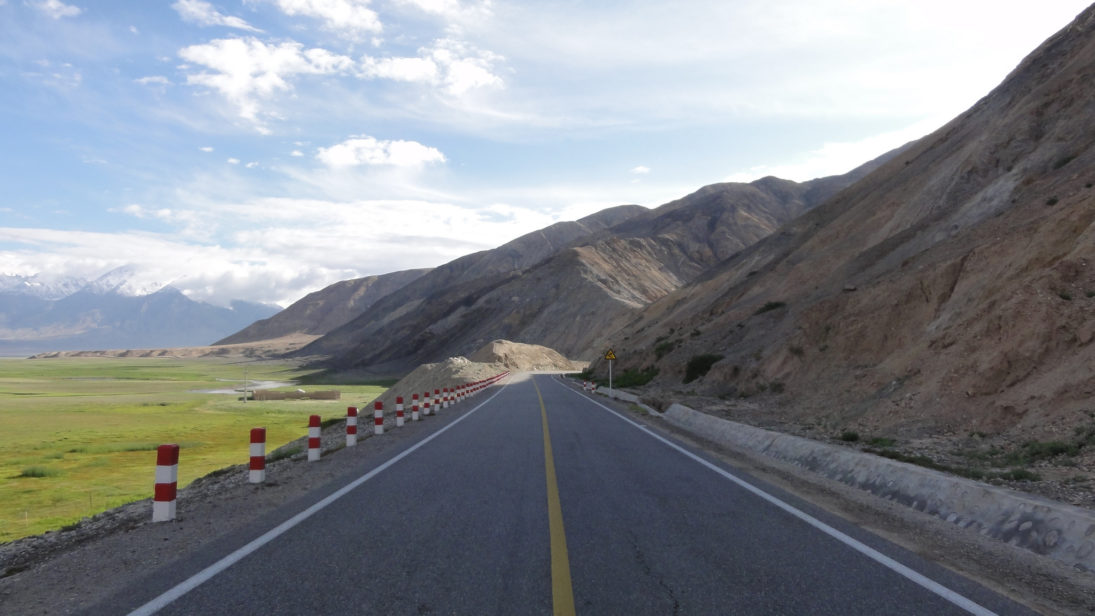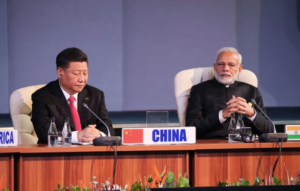
In my 2016 article on CPEC, I argued that Pakistan needs a calculated and rational foreign policy, with economic activity serving as the foundation of political stability. In this regard, the China-Pakistan Economic Corridor (CPEC) has been seen as a “game changer.” However, as of 2018, new concerns are beginning to surface for Pakistan’s CPEC. This article highlights some of these concerns.
Will CPEC Deliver?
The extent of CPEC’s materialization remains uncertain. Many people in Pakistan continue to view the project with cautious optimism. Others, however, have begun to question whether the project is truly mutually beneficial. Will Pakistan be able to bear the burden of the debt from these large foreign investments? Will the different sub-routes aimed at lifting up the underdeveloped cities and towns they pass through actually materialize while China only shows an interest in the route directed from Kashgar towards Gwadar? These questions remain a concern for Pakistan. Nevertheless, Pakistan’s partnership with China in this period is of critical importance, as Pakistan’s ties with the United States have deteriorated after a series of aid cuts, including a reduction in defense aid to Pakistan to USD$150 million as part of the National Defense Authorization Act (NDAA), down from last year’s USD$700 million.
Pakistan should not be alarmed at the lack of concrete details in China’s plans for CPEC, as that is how China prefers to work. However, Pakistan does need to communicate to China the ways it wants to work with its allies, i.e. through an open-door policy of two-way discussions and suggestions mutually acceptable to both the countries.
Those who question the uncertainty of project delivery when it comes to CPEC must first look into how economic reforms work for China: according to visiting scholar at Princeton University, Bo Qu, “[Chinese] economic reforms do not proceed according to a well-defined blueprint.” Rather, they aim to resolve the practical issues of implementation, and do not follow concrete timelines that may be institutionally appealing but infeasible. For example, China overtook Japan in 2010 to become the world’s second largest economy because of Deng Xiaoping’s approach of learning and doing. Thus, Pakistan should not be alarmed at the lack of concrete details in China’s plans for CPEC, as that is how China prefers to work. However, Pakistan does need to communicate to China the ways it wants to work with its allies, i.e. through an open-door policy of two-way discussions and suggestions mutually acceptable to both the countries.
Geopolitical Implications
CPEC, the flagship program of China’s Belt and Road Initiative (BRI), has challenged the status quo of the international order, providing a counterweight to regional and global powers like the United States and India. For this reason, hostility between the United States and China over BRI has now become more open, with U.S. Secretary of Defense James Mattis voicing his opposition to BRI and CPEC, the latter on account of its passing through “disputed territory” in Pakistan-administered Kashmir. Secretary of State Mike Pompeo has even opposed Pakistan obtaining a bailout from the International Monetary Fund (IMF) for its financial crisis on the basis of the country’s economic ties with China, saying “there is no rationale for IMF tax dollars to bail out Chinese bond holders or China itself.” Similarly, tensions are rising among China and India, while New Delhi’s strong opposition to CPEC has been another bone of contention between itself and Pakistan. In one case, no official delegation was sent for attending the One Belt One Road Forum, while at another time it warned of “unsustainable debt burden” for those countries involved in the project.

Despite these unfolding geopolitical implications, in the long run CPEC has the potential to improve the state of relations between India and Pakistan. As Pakistan’s new government takes charge, it is interested in avoiding confrontation with neighboring countries, as this would distract those in power from focusing on the immediate concern of economic revival. CPEC, in this case, provides the government an enormous opportunity for building on economic and political relationships with its neighbor India. This is for two reasons: first, when CPEC starts to benefit Pakistan economically, it will be difficult for India to remain regionally isolated, and it may be compelled to enhance trade and economic ties with Pakistan. Second, the economic corridor, which runs through Pakistan-administered Kashmir, will likely internationalize the Kashmir issue, perhaps forcing its resolution. China may even be willing to be a stakeholder in resolving the Kashmir conflict between India and Pakistan, since Beijing is now beginning to have a role in resolving regional disputes beyond its borders (as in the case of the Rohingya between Bangladesh and Myanmar).
Imperative for Dialogue
For Pakistan, although CPEC continues to be a “lifetime opportunity” to transform its economy, it remains a cause of concern for the country because its own self-interest is being compromised in some ways. To truly benefit from these projects, CPEC’s longer term societal, environmental, and financial effects must be considered carefully. The Chief Justice of Pakistan recommends that all stakeholders should have consensus moving forward, in light of the “legal, social, cultural and economic aspects” of the investment made by China, and that these stakeholders should have a “serious dialogue” assessing the impact of the economic corridor. In a recently published article, it has been argued that China’s plan envisions a broad-based penetration into many of the economic and societal sectors of Pakistan via Chinese enterprise and culture. For example, in the agriculture sector, Chinese companies will provide seeds, fertilizers, and pesticides, and Chinese labor will operate in farms and facilities used for grains, vegetables, and fruit. Similarly, in the sector of recreation and tourism, while there is a policy for providing the Chinese with visa-free tourism, a reciprocal arrangement for those nationals of Pakistan visiting China hasn’t been mentioned. The potential negative effects as well as the benefits of these projects need to be mutually considered.
All Roads Lead to China
Pakistan needs to maintain caution and outline its own rules of a cooperative agreement with China that monitors, evaluates, and allows for a discussion of the pros and cons of each development project as they change over time.
At this moment in time, Pakistan has no other option but to move forward with the economic project. The country cannot do without outside expertise and investments from China, which is Pakistan’s all-weather friend. This is especially true because Pakistan remains alienated from the United States, with the latter having frozen military aid to Pakistan and threatened other cards to be dealt if Pakistan does not “do more.” It is important to recall that Washington’s influence over international financial institutions has been used as an indirect tool of manipulation over Pakistan in the past: following Pakistan’s nuclear tests in 1998, a USD$20 million fine was imposed by the IMF at the behest of the United States. As such, it is no surprise that Pakistan turns to China for support over the United States.
Pakistan needs to maintain caution and outline its own rules of a cooperative agreement with China that monitors, evaluates, and allows for a discussion of the pros and cons of each development project as they change over time. Details regarding the projects should be available to all the provincial governments, which, once finalized, can be made open to policymakers, academics, and the public, all of whom can evaluate the benefits of the projects for themselves.
Editor’s Note: This article is part of a retrospective series that SAV is running to commemorate its fifth anniversary this September. In this series, contributors will revisit old analysis and debates on strategic issues that are still relevant today, and assess whether their argument still holds in light of recent developments in the region.
***
Click here to read this article in Urdu.
Image 1: Marc van der Chijs via Flickr
Image 2: Mike Hutchings via Getty


